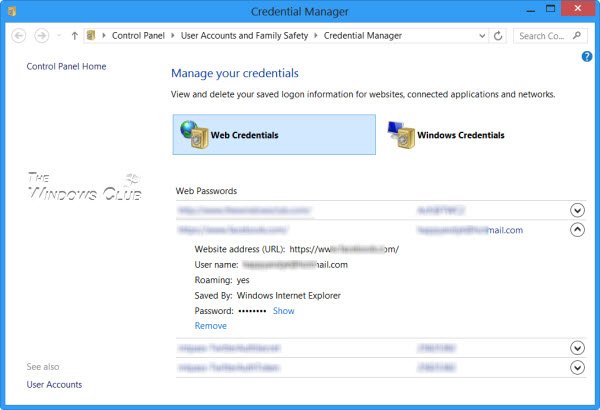

Let the user automatically sign back in: Let the user sign back in if a session is expired.

Store credentials: Upon successful sign-in, offer to store the credential information to the browser's password manager for later use.Show an account chooser when signing in: Shows a native account chooser UI when a user taps "Sign In".with Google Sign-In and Facebook Sign-In.īy using Credential Management API, you will be able to add the following features to the site, for example: Both the registration and sign-in forms have the typical options of id/password credentials and federation, e.g.By tapping on "Sign In" button, users will navigate to a sign-in form.It's nearly impossible to cover all those cases, but let's have a look at a typical single page app. Is it a single page app? Is it a legacy architecture with page transitions? Is the sign-in form located only at the top page? Are sign-in buttons located everywhere? Can users meaningfully browse your website without signing in? Does federation work within popup windows? Or does it require interaction across multiple pages? The way you use the Credential Management API with your website can vary depending on its architecture. # Integrating the Credential Management API with your site Those synced passwords can also be shared with Android apps which have integrated the Smart Lock for Passwords API for Android for a seamless cross-platform experience. If users are signed into Chrome, they can sync the user's passwords across devices. In Chrome's implementation, credentials will be stored in Chrome's password manager.


 0 kommentar(er)
0 kommentar(er)
